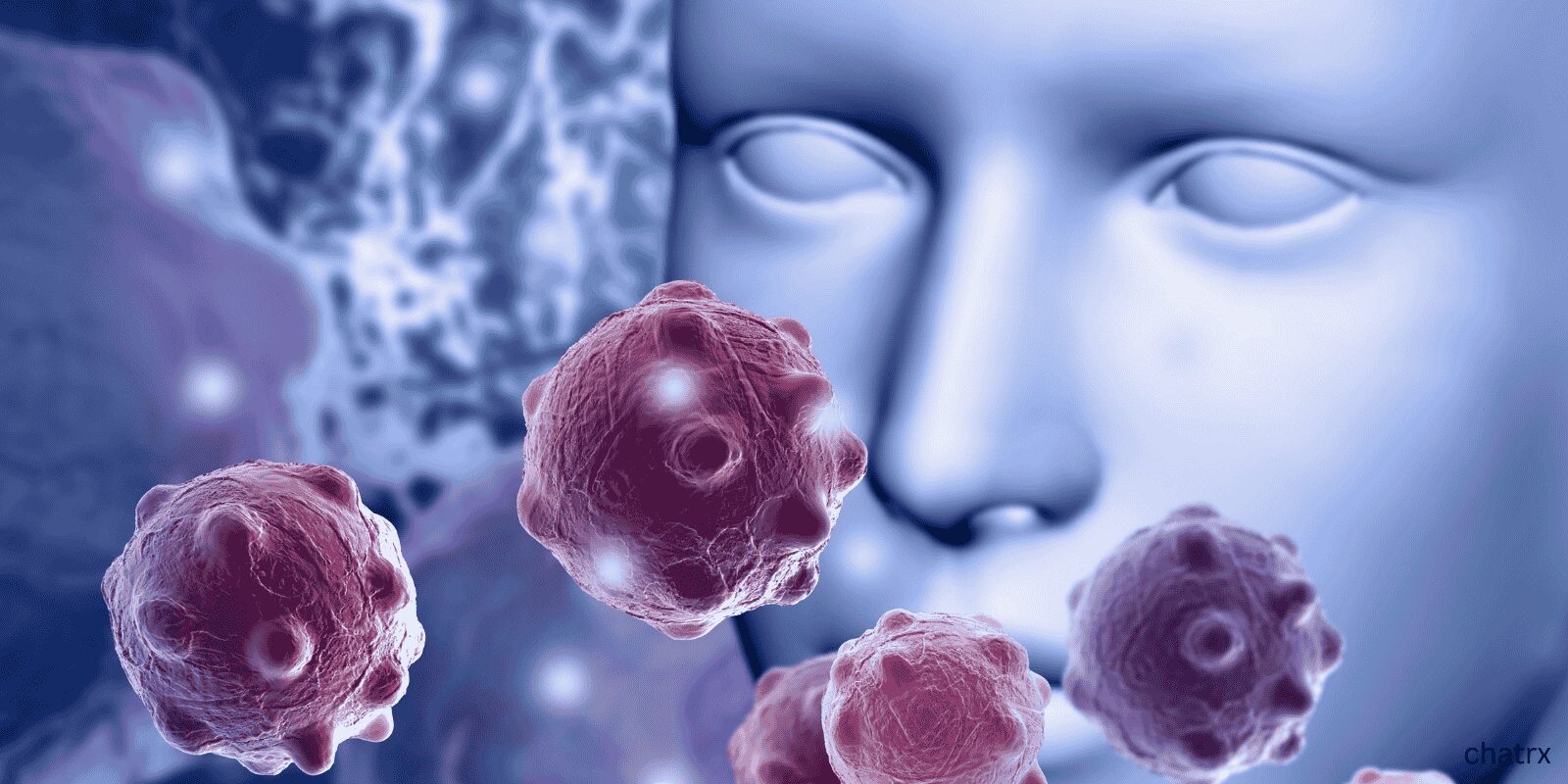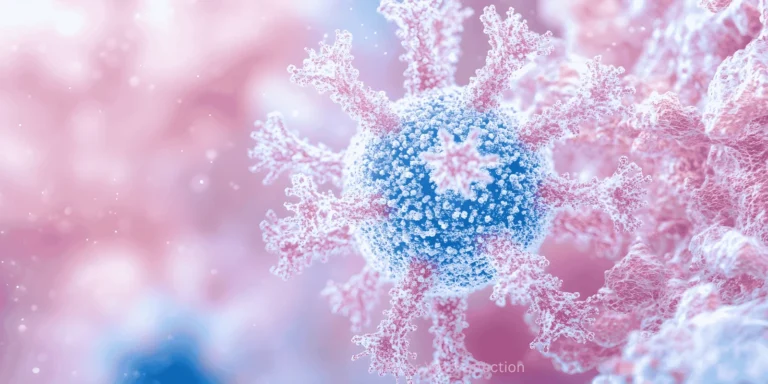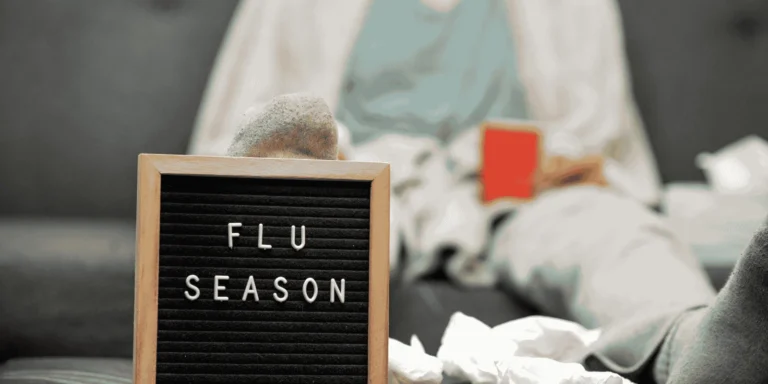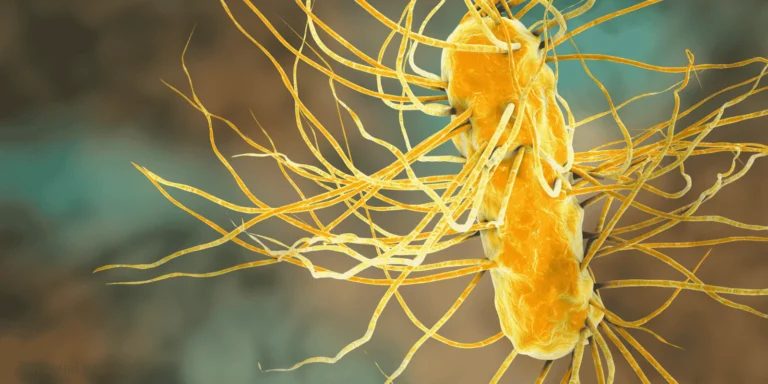Sinusitis comes in different forms, and knowing whether yours is triggered by allergies or other factors affects how we treat it. Let me break down the key differences I look for when evaluating patients.
Allergic sinusitis occurs when allergens (like pollen, dust mites, or pet dander) trigger an immune response that inflames the sinus lining. It typically features:
- Seasonal patterns matching specific allergen exposure
- Accompanying allergy symptoms like itchy eyes, sneezing, and clear runny nose
- Triggers that can be identified and sometimes avoided
- Response to antihistamines and other allergy treatments
- Often affects multiple family members with similar allergies
Non-allergic sinusitis has different characteristics:
- No clear seasonal pattern (unless triggered by viral infections that circulate seasonally)
- Usually lacks the itchy eyes and sneezing of allergic reactions
- May follow viral infections like colds
- Often linked to anatomical issues (deviated septum, nasal polyps)
- Typically doesn’t respond to antihistamines
- May be triggered by irritants like smoke, strong odors, or pollution
Treatment approaches differ significantly. For allergic sinusitis, we focus on:
- Identifying and avoiding triggers
- Antihistamines and nasal corticosteroid sprays
- Possible immunotherapy for severe cases
For non-allergic sinusitis, treatment emphasizes:
- Antibiotics if bacterial infection is present
- Addressing underlying causes (structural issues, chronic conditions)
- Nasal irrigation and decongestants
- Corticosteroids to reduce inflammation
Some people experience mixed forms with both allergic and non-allergic components. This requires a comprehensive approach addressing both aspects.
If you’re unsure about your sinusitis type, ChatRx can help identify likely triggers and recommend the most effective treatment approach.













